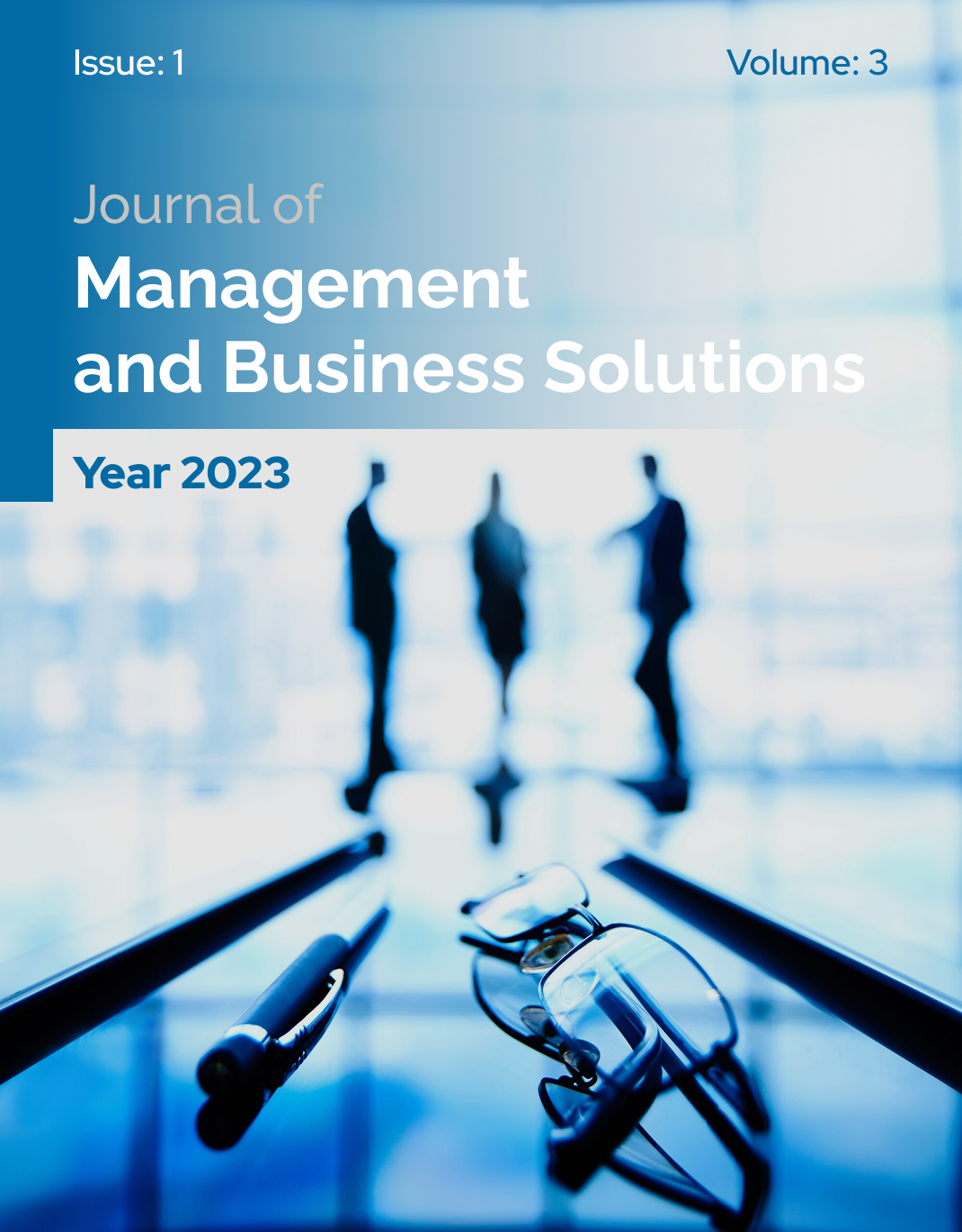Exploring the Dimensions of Organizational Commitment in High-Stress Work Environments: A Qualitative Study of Healthcare Workers
Keywords:
Organizational Commitment, Healthcare Workers, High-Stress Environments, Qualitative Research, Affective Commitment, Normative Commitment, Continuance Commitment, TehranAbstract
This study aimed to explore the dimensions and underlying factors of organizational commitment among healthcare professionals working in high-stress environments. A qualitative research design was employed using semi-structured interviews with 20 healthcare workers from public hospitals in Tehran. Participants were selected through purposive sampling, ensuring representation from various roles including nurses, physicians, and support staff working in high-pressure units such as emergency rooms and intensive care units. Data collection continued until theoretical saturation was achieved. All interviews were audio-recorded, transcribed verbatim, and analyzed using thematic analysis with the assistance of NVivo software. The coding process followed an inductive approach, involving open coding, axial coding, and selective theme development to identify recurring patterns and unique perspectives across participant responses. Three overarching themes emerged from the analysis: emotional attachment to the organization, continuance commitment, and normative commitment. Subthemes under emotional attachment included sense of belonging, peer support, alignment with values, recognition, and job satisfaction. Continuance commitment was shaped by job security, economic dependence, career investment, and the perceived cost of leaving. Normative commitment was driven by moral obligation, professional identity, organizational loyalty, mentorship, and cultural expectations. Participants frequently highlighted a deep emotional and ethical bond with their organizations, reinforced by both intrinsic motivation and external socio-economic factors. Organizational commitment in high-stress healthcare settings is a multidimensional construct shaped by emotional, rational, and ethical drivers. The findings suggest that commitment is sustained not only by personal and professional values but also by economic realities and cultural norms. These insights underscore the importance of supportive leadership, recognition systems, ethical alignment, and well-designed retention strategies in fostering commitment among healthcare workers.
Downloads
References
Bakker, A. B., & Demerouti, E. (2007). The Job Demands‐Resources model: State of the art. Journal of Managerial Psychology, 22(3), 309–328. https://doi.org/10.1108/02683940710733115
Cohen, A. (2003). Multiple commitments in the workplace: An integrative approach. Lawrence Erlbaum Associates.
Hayes, L. J., O'Brien‐Pallas, L., Duffield, C., Shamian, J., Buchan, J., Hughes, F., ... & North, N. (2012). Nurse turnover: A literature review–an update. International Journal of Nursing Studies, 49(7), 887–905. https://doi.org/10.1016/j.ijnurstu.2011.10.001
Jaros, S. J. (2007). Meyer and Allen model of organizational commitment: Measurement issues. Journal of Organizational Behavior, 28(7), 789–800. https://doi.org/10.1002/job.493
Keller, S. M., Forrester, L. A., & Tucker, A. L. (2020). Work stress and patient safety: Observation of nurses' activities. Health Care Management Review, 45(4), 309–317. https://doi.org/10.1097/HMR.0000000000000237
Keshavarz Mohammadi, N., et al. (2021). Challenges of Iranian health workers during the COVID-19 pandemic. Iranian Journal of Public Health, 50(4), 730–732.
Kim, S., & Kim, J. (2020). A meta-analysis of the relationship between organizational commitment and work outcomes. Academy of Management Proceedings, 2020(1), 14954. https://doi.org/10.5465/AMBPP.2020.14954abstract
Laschinger, H. K. S., Wong, C. A., Cummings, G. G., & Grau, A. L. (2016). Resonant leadership and workplace empowerment: The value of positive organizational cultures in reducing workplace incivility. Nursing Economics, 34(1), 5–44.
Lee, H. F., Kuo, C. C., Chien, T. W., & Wang, Y. R. (2020). Meta-analysis of the effects of job stress on nurses’ occupational commitment. Journal of Advanced Nursing, 76(5), 1066–1083. https://doi.org/10.1111/jan.14223
Maslach, C., & Leiter, M. P. (2016). Understanding the burnout experience: Recent research and its implications for psychiatry. World Psychiatry, 15(2), 103–111. https://doi.org/10.1002/wps.20311
Meyer, J. P., & Allen, N. J. (1991). A three-component conceptualization of organizational commitment. Human Resource Management Review, 1(1), 61–89. https://doi.org/10.1016/1053-4822(91)90011-Z
Panari, C., Guglielmi, D., & Simbula, S. (2010). The impact of organizational justice on nursing staff commitment. Journal of Health Organization and Management, 24(1), 36–53. https://doi.org/10.1108/14777261011029496
Rushton, C. H., Kaszniak, A. W., & Halifax, J. S. (2015). Addressing moral distress: Application of a framework to palliative care practice. Journal of Palliative Medicine, 18(9), 713–720. https://doi.org/10.1089/jpm.2015.0080
Shanafelt, T. D., Hasan, O., Dyrbye, L. N., Sinsky, C., Satele, D., Sloan, J., & West, C. P. (2015). Changes in burnout and satisfaction with work-life balance in physicians and the general US working population between 2011 and 2014. Mayo Clinic Proceedings, 90(12), 1600–1613. https://doi.org/10.1016/j.mayocp.2015.08.023
Snape, E., & Redman, T. (2003). An evaluation of a three-component model of occupational commitment: Dimensionality and consequences among United Kingdom human resource management specialists. Journal of Applied Psychology, 88(1), 152–159. https://doi.org/10.1037/0021-9010.88.1.152
Yousefi, A., Najafi, M., & Sharif, F. (2015). Ethical commitment in Iranian healthcare organizations: A grounded theory approach. Nursing Ethics, 22(3), 307–318. https://doi.org/10.1177/0969733014533242
Zarei, E., Khakzad, N., Reniers, G., & Akbari, R. (2016). On the relationship between safety climate and occupational burnout in healthcare organizations. Safety Science, 89, 1–10. https://doi.org/10.1016/j.ssci.2016.05.002
Downloads
Published
Submitted
Revised
Accepted
Issue
Section
License

This work is licensed under a Creative Commons Attribution-NonCommercial 4.0 International License.




